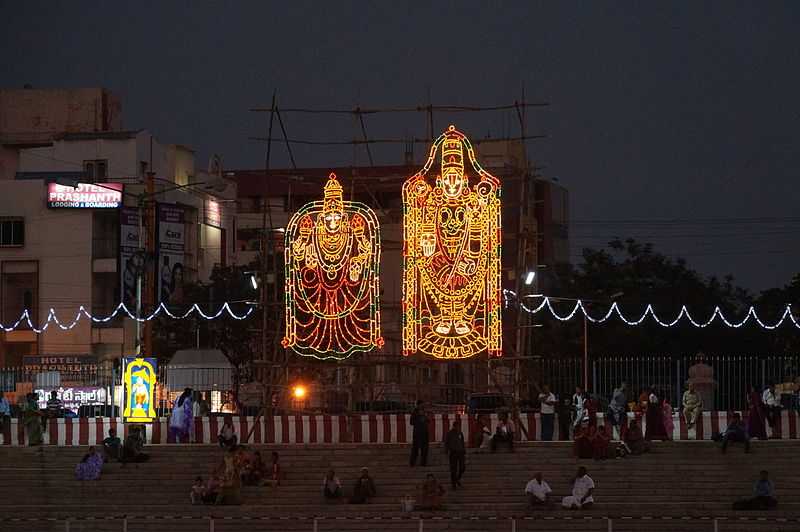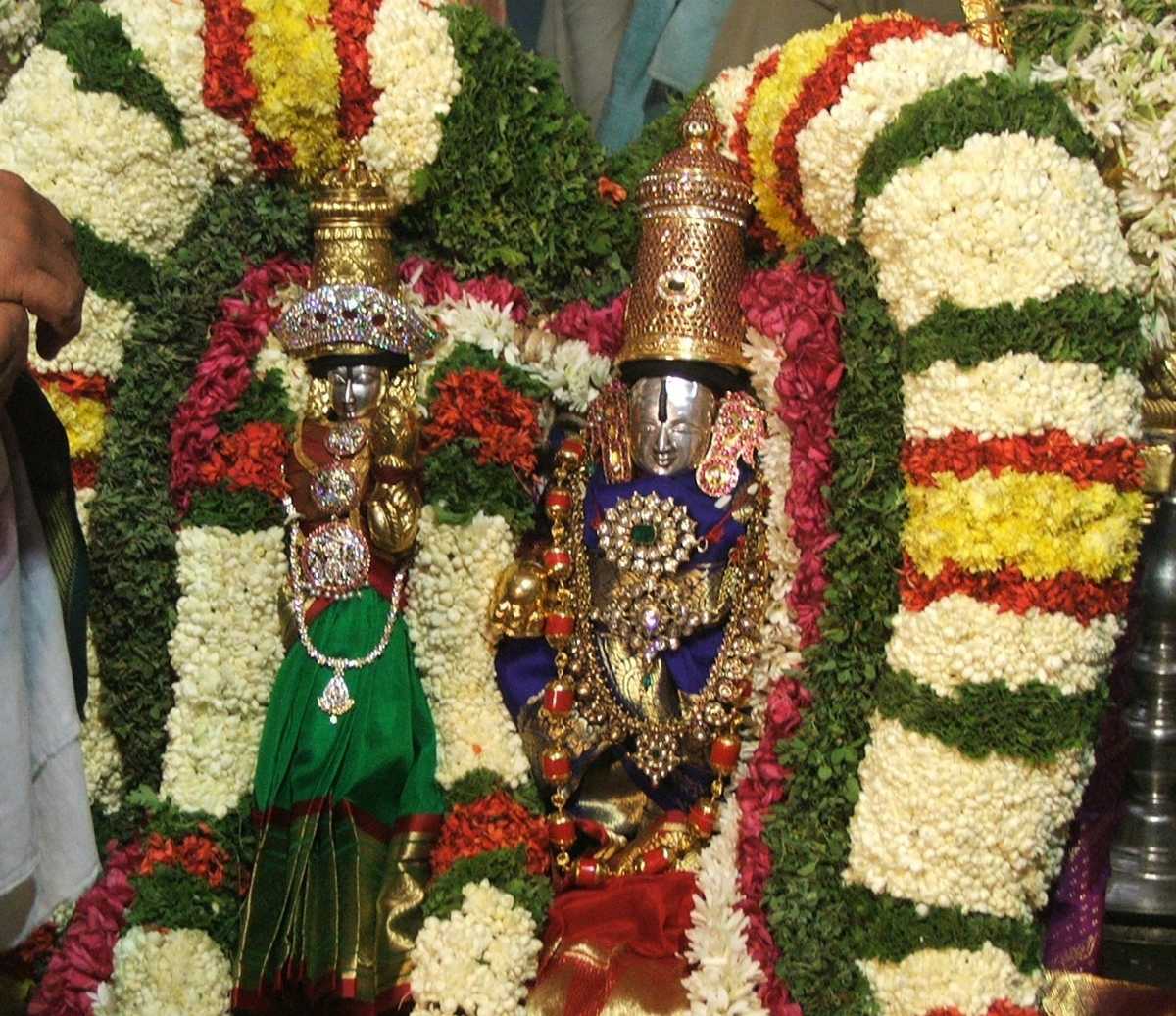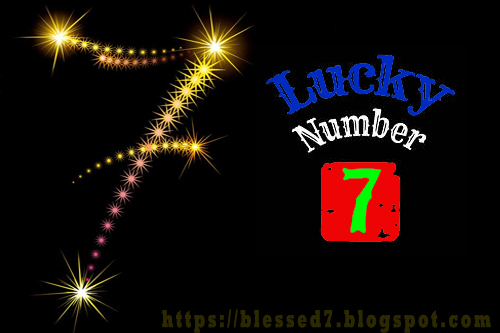Benefits of chanting Lakshmi Maha Mantra on Fridays
There are a number of Mantras dedicated to various deities and each of them has specific meaning, purpose and power.
Goddess Lakshmi, an aspect of Shakti or the feminine power is a revered Hindu Goddess, who governs wealth and prosperity.
There are a number of Mantras dedicated to various deities and each of them has specific meaning, purpose and power.
Mantras when chanted with utmost devotion and faith help us in achieving our goals and making profits in business.
Here’s the Lakshmi Maha Mantra:
ॐ ह्रीं श्रीं लक्ष्मी भ्यो नमः
Om Hreem Shreem Lakshmi Bhyo Namaha

















